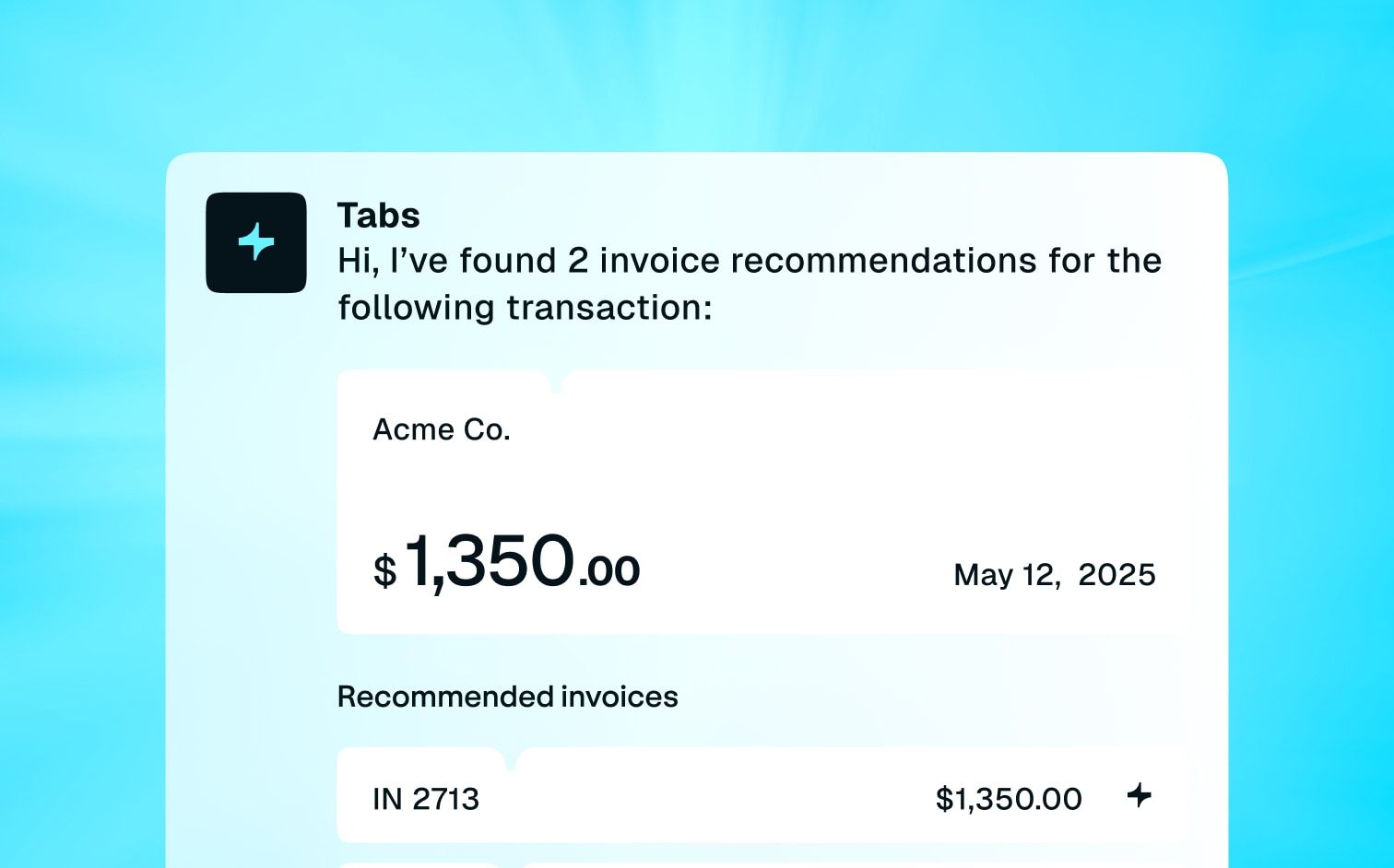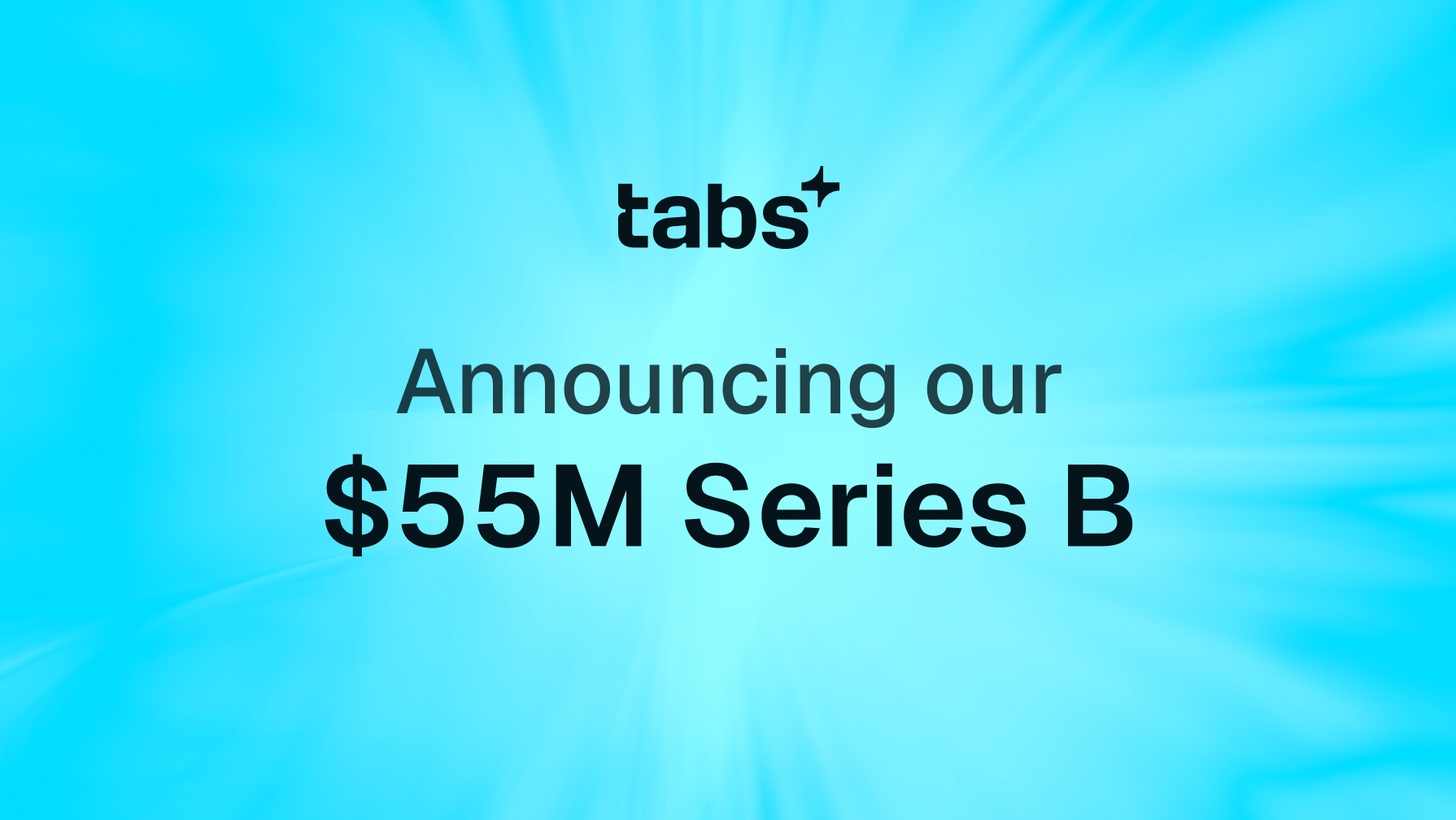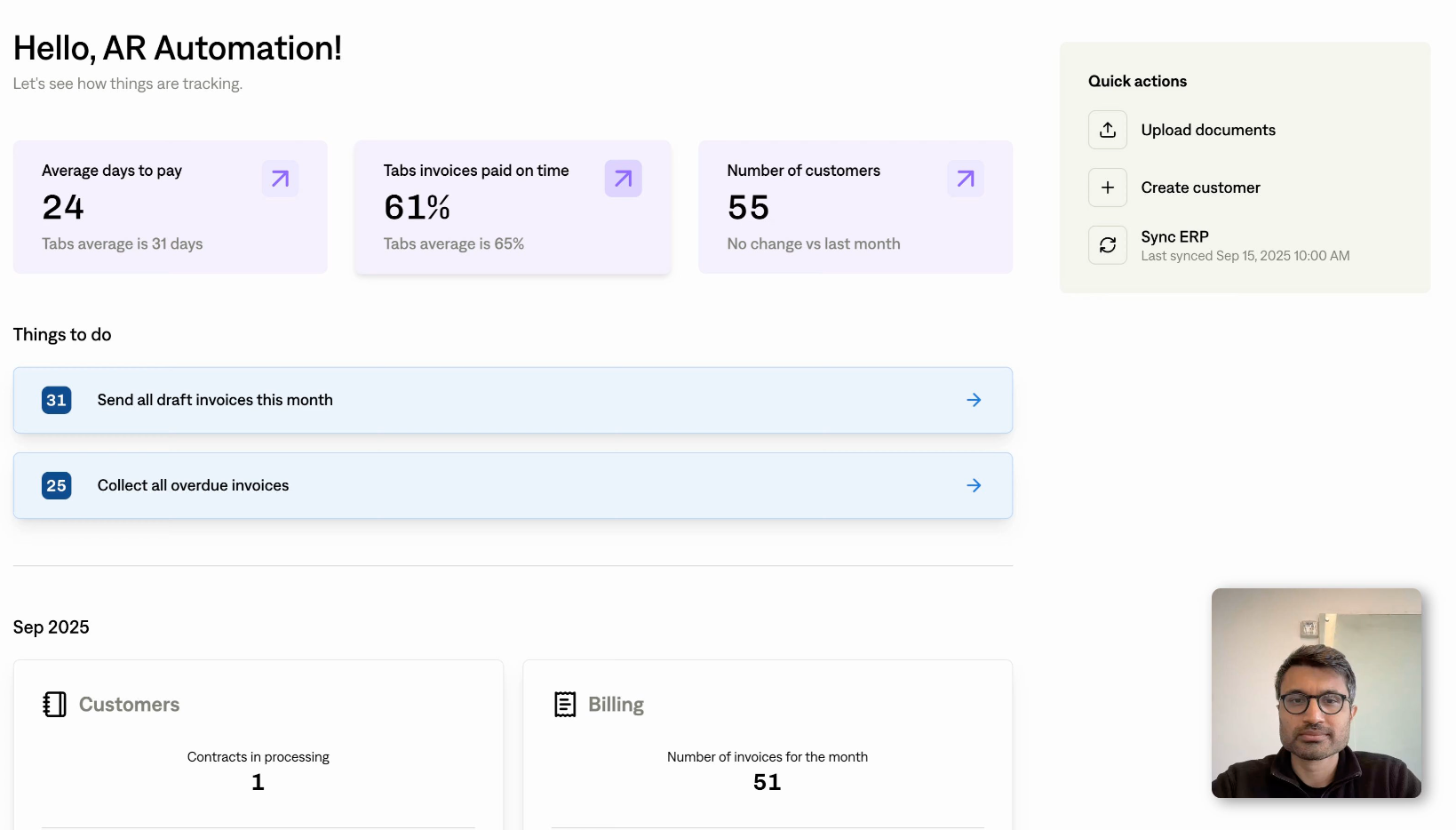Revenue run rate is a critical metric for businesses of all sizes, particularly for startups and growing companies. It allows you to forecast your annual revenue based on current performance, make informed decisions about expansion and investment, and communicate your company's potential to stakeholders.
Understanding and accurately calculating your revenue run rate can be the key to unlocking growth opportunities and securing funding. However, using this metric wisely is essential, as it has limitations and can be misleading if not used correctly.
What Is Revenue Run Rate?
Revenue run rate is a financial metric that estimates a company's annual revenue based on current performance data. It projects future revenue by extrapolating the revenue generated during a specific period, typically a month or a quarter, and extending it over a year.
For example, if a business generates $50,000 in revenue in one month, the run rate would project an annual revenue of $600,000 ($50,000 x 12 months). This metric is handy for businesses without a full year of sales data, such as startups or companies launching new products.
Differences Between Run Rate and Actual Annual Revenue
Unlike actual annual revenue, which accounts for all revenue generated in a fiscal year, the run rate is a forward-looking metric based on current or recent performance. While the run rate provides a snapshot of potential future earnings, it doesn't account for seasonal variations, market fluctuations, or unexpected changes in the business environment. It's a useful tool for quick estimates and strategic planning, but you should use it alongside other financial analyses for a comprehensive view of a company's financial health.
When To Use Revenue Run Rate
Revenue run rate is a versatile metric that can be applied in various scenarios, particularly when a company doesn't have a full year of revenue data or significant changes that impact financial performance have occurred.
Ideal Scenarios
If you're running a startup, you may not have a full year of sales data to work with. This is where revenue run rate comes in handy. You can estimate your annual revenue potential by extrapolating your revenue from the first few months of operation. This information is crucial when seeking investment, as it helps investors gauge your company's growth trajectory and market traction.
When introducing a new product or service, your revenue run rate can help you assess its impact on your overall financial performance. By calculating the run rate based on the first few weeks or months of sales, you can determine whether the new offering meets expectations and adjust your strategy accordingly. This insight is valuable for making marketing, production, and resource allocation decisions.
Significant events like entering a new market, acquiring another company, or navigating an economic shift can alter your financial landscape. Revenue run rate allows you to quickly assess the impact of these changes on your revenue and adapt your plans as needed. For example, if you've recently expanded into a new geographic market, calculating your run rate can help you determine whether the move is paying off and guide decisions about further investment.
Strategic Planning and Investment
Your revenue run rate can be a valuable decision-making tool when considering expanding your operations, opening new locations, or hiring additional staff. By projecting your annual revenue based on recent performance, you can assess whether you have the financial resources to support growth initiatives. This helps you make informed choices about when and how to scale your business so you don't overextend yourself financially.
If you're seeking funding from investors, including your revenue run rate in your pitch deck can be a great way to showcase your company's potential. Presenting a clear picture of your current financial performance and projected annual revenue can help investors understand your business's growth trajectory and market position. This can be especially impactful for early-stage startups that don't have a long track record of financial data.
Limitations and Cautions
While revenue run rate can be useful for forecasting and decision-making, understand its limitations and use it cautiously. Here are some key things to keep in mind.
Not a Substitute for Full Financial Analysis
Revenue run rate provides a quick snapshot of your company's revenue potential, but it isn't a substitute for comprehensive financial planning and analysis. It doesn't account for factors like seasonal fluctuations, changes in market conditions, or expense variations. To get a complete picture of your financial health, consider your revenue run rate alongside other key metrics and conduct thorough financial modeling.
Misleading in Highly Variable Markets
If your business operates in an industry with significant seasonal variations or is heavily influenced by external factors, relying solely on revenue run rate can be misleading. For example, if you run a seasonal business like a ski resort, your revenue during peak winter months won't represent your annual performance. Factor in seasonality and use historical data to create more accurate projections.
Risk of Overestimation
Using revenue run rate to forecast future performance can sometimes lead to overestimation, particularly if you're basing your calculations on a period of unusually high sales. Be conservative in your projections and account for potential downturns or changes in market conditions. Overestimating your revenue potential can lead to poor decision-making and financial strain down the line.
How To Calculate
Calculating your revenue run rate is straightforward:
Run Rate = Revenue in Period x 12/Number of Months in Period
For example, if your company generated $100,000 in revenue over the first three months of the year, your run rate would be:
Run Rate=($100,000×12)/3
Run Rate =$400,000
This formula can be adapted for different periods, such as quarterly or irregular periods, to suit your business needs.
Advanced Considerations in Run Rate Calculation
While the basic formula for calculating revenue run rate is relatively straightforward, there are several factors to consider to make your projections more accurate and relevant to your specific business.
Adjusting for Seasonal Variations
If your business experiences significant seasonal fluctuations, factor this into your run rate calculations. One approach is to use data from the same period in previous years to create a seasonally adjusted run rate. For example, if you're calculating your run rate for Q4, look at your revenue from Q4 in past years to get a more accurate picture of how seasonality impacts your business.
Projecting New Business Growth
If you've recently launched a new product, entered a new market, or implemented a new sales strategy, your historical revenue data may not be the best basis for projecting future growth. In these cases, you may need to adjust your run rate calculations to account for the expected impact of these changes. This could involve using industry benchmarks, market research, or early sales data to create more accurate projections.
Differences Among B2B Industries
How you calculate and interpret your revenue run rate may vary depending on your specific B2B industry. For example, suppose you run a SaaS business with monthly subscriptions. You'll want to focus on metrics like Monthly Recurring Revenue and Annual Recurring Revenue in addition to your overall run rate. If you're in the wholesale industry, you may need to account for longer sales cycles and larger, less frequent orders when calculating your run rate.
Using Revenue Run Rate for Business Decisions
Revenue run rate is not just a theoretical metric – it has practical applications for making key business decisions.
Financial Planning and Forecasting
Your revenue run rate is a crucial input for financial planning and forecasting. By projecting your annual revenue based on current performance, you can create more accurate budgets, set realistic financial goals, and make informed decisions about resource allocation. This is particularly important for fast-growing businesses that need to make strategic investments to support their expansion.
Investment Considerations
If you're seeking investment from venture capitalists or other funding sources, your revenue run rate can be a critical factor in their decision-making process. Investors want to see your business has strong growth potential and a clear path to profitability. By presenting a robust revenue run rate and a well-reasoned plan for using investment funds to accelerate growth, you can make a compelling case for why your business is a good investment opportunity.
Scenario Analysis
Revenue run rate can also be a valuable tool for scenario planning. By calculating your run rate based on different assumptions – such as best-case and worst-case scenarios – you can understand how different factors could impact your financial performance. This can help you create contingency plans and make more informed decisions about risk management.
It's important to remember that your run rate is just one piece of the puzzle – always consider it in the context of other financial metrics, market trends, and your overall business strategy.
Common Mistakes to Avoid
While the revenue run rate is valuable, it's essential to use it correctly to avoid pitfalls leading to inaccurate forecasts and poor business decisions.
Overreliance on Recent Performance
One of the most common mistakes businesses make is putting too much emphasis on recent performance when calculating their revenue run rate. Relying too heavily on a short time period can lead to inaccurate projections and poor decision-making.
If, for example, you've had an unusually strong month of sales, it can be tempting to use that as the basis for your run rate calculation. However, this can lead to overestimating your annual revenue potential and making decisions based on an unsustainable level of performance. Similarly, if you've had a slow period due to external factors or seasonality, using that as the basis for your run rate can lead to underestimating your potential and making overly conservative decisions.
Using a longer time period when calculating your run rate, ideally at least a quarter or more, can help you avoid this issue. This helps smooth out short-term fluctuations and provides a more accurate picture of your overall performance. Additionally, consider using multiple run rate calculations based on different time periods to get a more nuanced view of your revenue potential.
Ignoring External and Seasonal Factors
Another common mistake is failing to account for external factors and seasonal variations that can impact your revenue performance. Businesses that operate in industries with significant seasonality or are heavily influenced by economic trends need to be particularly mindful of this.
For example, if you run a B2B software company that sells to retailers, the holiday shopping season may heavily impact your revenue. Calculating your run rate based solely on your performance during the slow summer months may lead to underestimating your annual revenue potential. Similarly, if you're in an industry highly sensitive to economic trends, failing to account for a potential downturn or market shift can lead to overestimating your future performance.
To avoid this mistake, factor these in when calculating your run rate. Use historical data to understand how they impact your revenue in the past and adjust your calculations accordingly. Additionally, consider creating multiple run rate scenarios based on different market conditions to understand how your business may perform in different circumstances.
Failure to Update Forecasts
Another common mistake businesses must correct is calculating their revenue run rate once and then failing to update it as new data becomes available. This can lead to outdated projections and poor decision-making, particularly in fast-moving industries or rapidly growing companies.
Let's say you calculated your run rate at the beginning of the year based on Q4 performance from the previous year but then experienced significant growth or changes in market conditions. Your original run rate may no longer be accurate. Failing to update your projections can lead to missed opportunities or inadequate planning for growth.
Make it a habit to regularly update your run rate calculations as new financial data becomes available. This could be on a monthly, quarterly, or even weekly basis, depending on the pace of your business and industry. By keeping your projections current, you can make more informed decisions and quickly adapt to changes in your performance or market conditions.
Misinterpretation of Run Rate as Annual Guarantee
Remember, revenue run rate doesn't represent a guaranteed annual revenue figure. Believing it does can lead to overconfidence and poor decision-making, particularly in businesses with variable or unpredictable revenue streams.
For example, if you calculate a strong run rate based on a particularly successful quarter, it can be tempting to assume you'll maintain that level of performance for the entire year. However, many factors can impact your revenue over time, from changes in customer behavior to unexpected market disruptions. Treating your run rate as a guaranteed outcome can lead to overspending, underpreparation for potential challenges, and financial strain.
Your revenue run rate is a projection, not a promise. While it can be a useful tool for planning and decision-making, it's not a substitute for ongoing financial management and risk assessment. Always consider your run rate in the context of other metrics and a realistic understanding of your business and market. Use it as a guide, but be prepared to adapt your plans and projections as circumstances change.
Lack of Contextual Analysis
Finally, a common mistake businesses make is looking at their revenue run rate in isolation without considering the broader context of their financial performance and market conditions. This can lead to a narrow view of your business's potential and missed opportunities for growth and improvement.
You might encounter this issue if you calculate a strong run rate without considering other key metrics like profitability, cash flow, or customer acquisition costs. You might miss important insights about your business's overall health and sustainability. Similarly, without considering your run rate in the context of your competitors' performance or industry benchmarks, you may over- or underestimate your relative position in the market.
Always make sure you're considering your revenue run rate in the broader context of your financial and market landscape. Use it with other key metrics for a more holistic view of your business's performance and potential. Also, regularly benchmark your run rate against industry averages and competitor performance to understand your relative position and identify areas for improvement.
Concluding Thoughts
Revenue run rate is a powerful metric that can help you understand your business's current performance and make informed decisions about the future. It provides a snapshot of current performance and aids in strategic planning, investment decisions, and financial forecasting.
However, it's crucial to recognize its limitations and use it with other financial tools and contextual analyses. By avoiding common pitfalls and regularly updating your calculations, you can leverage the revenue run rate to make informed, data-driven decisions that propel your business forward.
With Tabs, you can enhance your forecasting accuracy and streamline your financial processes. Tabs leverages AI to handle complex B2B contracts and automate your accounts receivable, giving you the flexibility and insight needed to navigate your business's growth journey with confidence.





